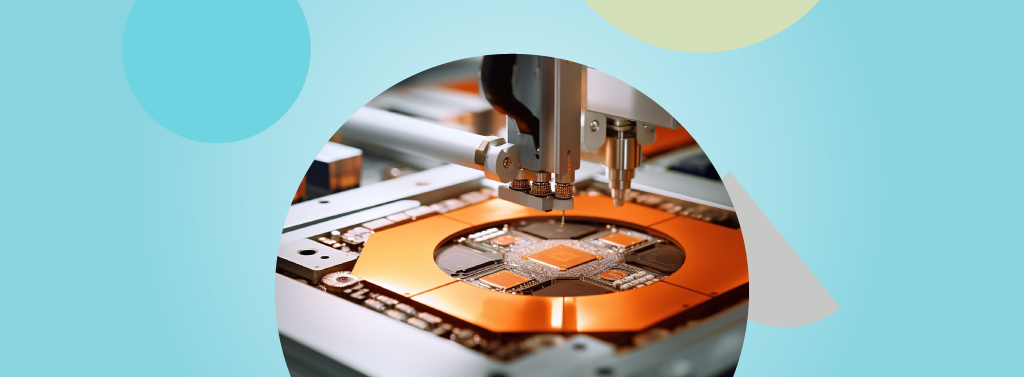-

The Role of Automation in MicroLED Assembly: More Efficiency and Yield
The small size of the LEDs necessitates exact positioning to eliminate faults, making the microLED assembly process difficult. Accurately moving millions of these LEDs presents technological challenges. However, automation can boost productivity and cut expenses. For example, robotic arms, precision alignment, and AI-driven inspection aid in streamlining the microLED assembly process, assuring uniform LED placement…
-

Advancing MicroLED Integration Through Enhanced Optical Performance
Optical efficiency is fundamental in display technology, and microLEDs, known for bright and vibrant displays, need high efficiency to perform their best. In the present scenario, microLED integration still faces challenges that limit its full potential. From chips to applications, integration is crucial for microLED displays. For example, large displays involve connecting many tiny LED…
-

Top Players in the Field of MicroLED Manufacturing Systems
MicroLEDs are becoming the norm in the display market, mainly catering to the demand for brighter, energy-efficient display panels in consumer electronics, custom displays, automotive and infotainment systems, and AR and VR-based products. As MicroLEDs do not require a backlight, they are highly energy-efficient and have longevity and higher brightness than LCDs and OLEDs. The…
-

MicroLED Production: Understanding the Challenges Hindering Mass Manufacturing
Many consider MicroLED technology to be the next disrupter in the display market. The performance of MicroLEDs, which are small light-emitting diodes, is significantly better than those of conventional LCD and OLED screens. The technology involving MicroLED extends beyond just high-quality displays. It gives higher brightness, better color accuracy, quicker response times, and lower power…
-

MicroLED Manufacturing Breakthroughs: Examining Novel Mass Transfer Methods
MicroLED display technology has emerged as a disruptive force in the industry, promising unprecedented levels of brightness, contrast, and energy efficiency. Since its emergence around 2010, MicroLED has been lauded for its potential for superior performance. They outperform organic light-emitting diode (OLED) displays and LED-backlit liquid crystal displays (LCDs) in terms of pixel density, power…